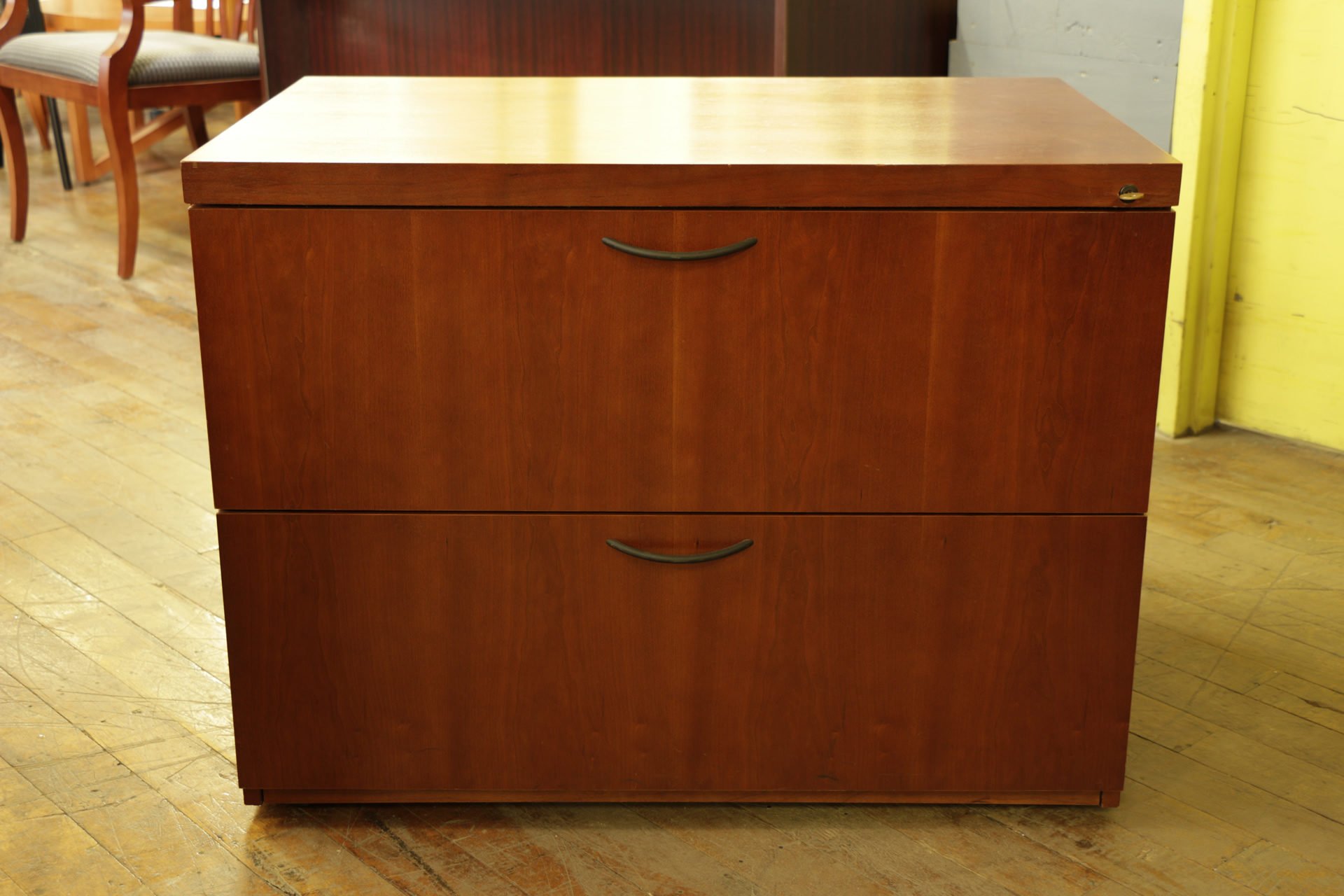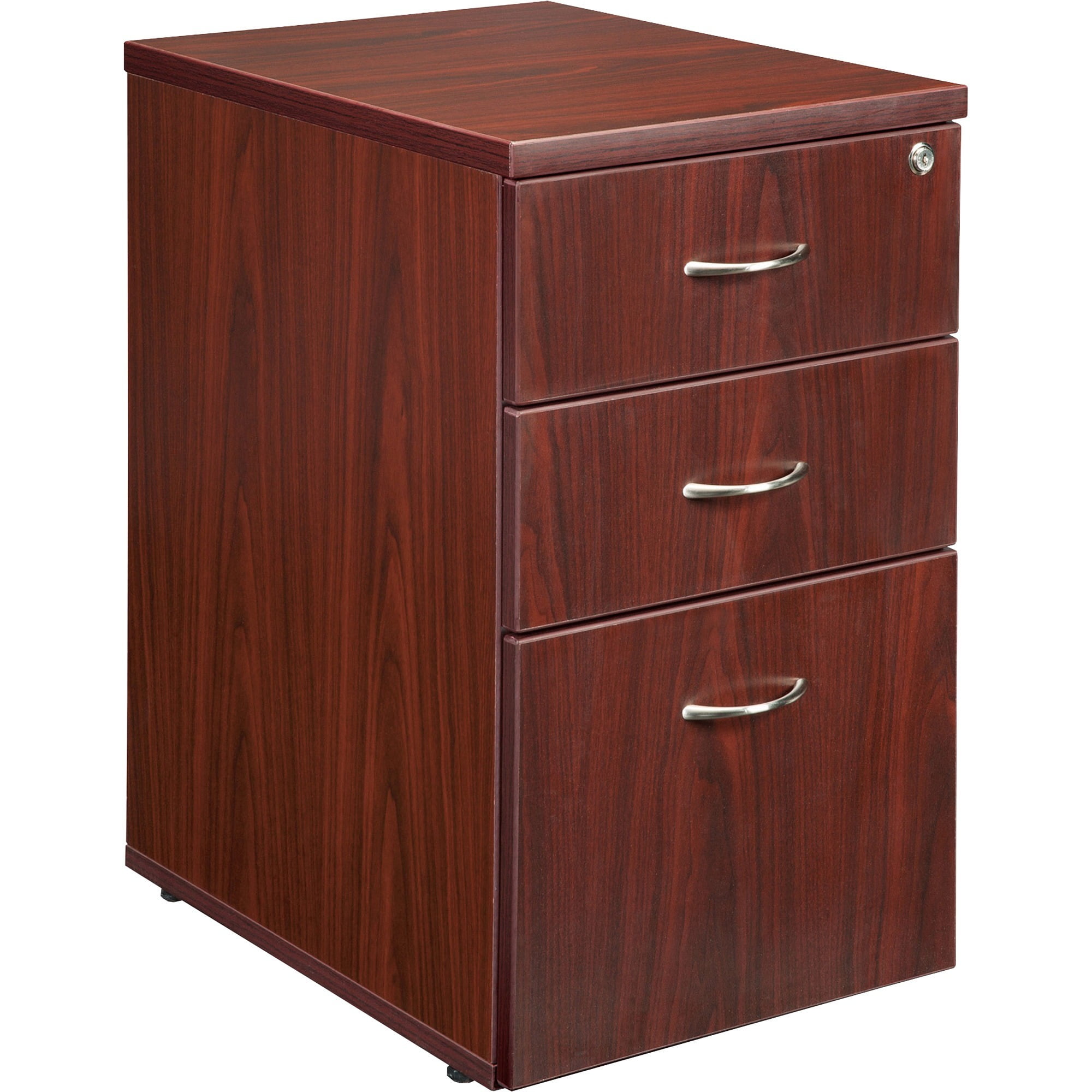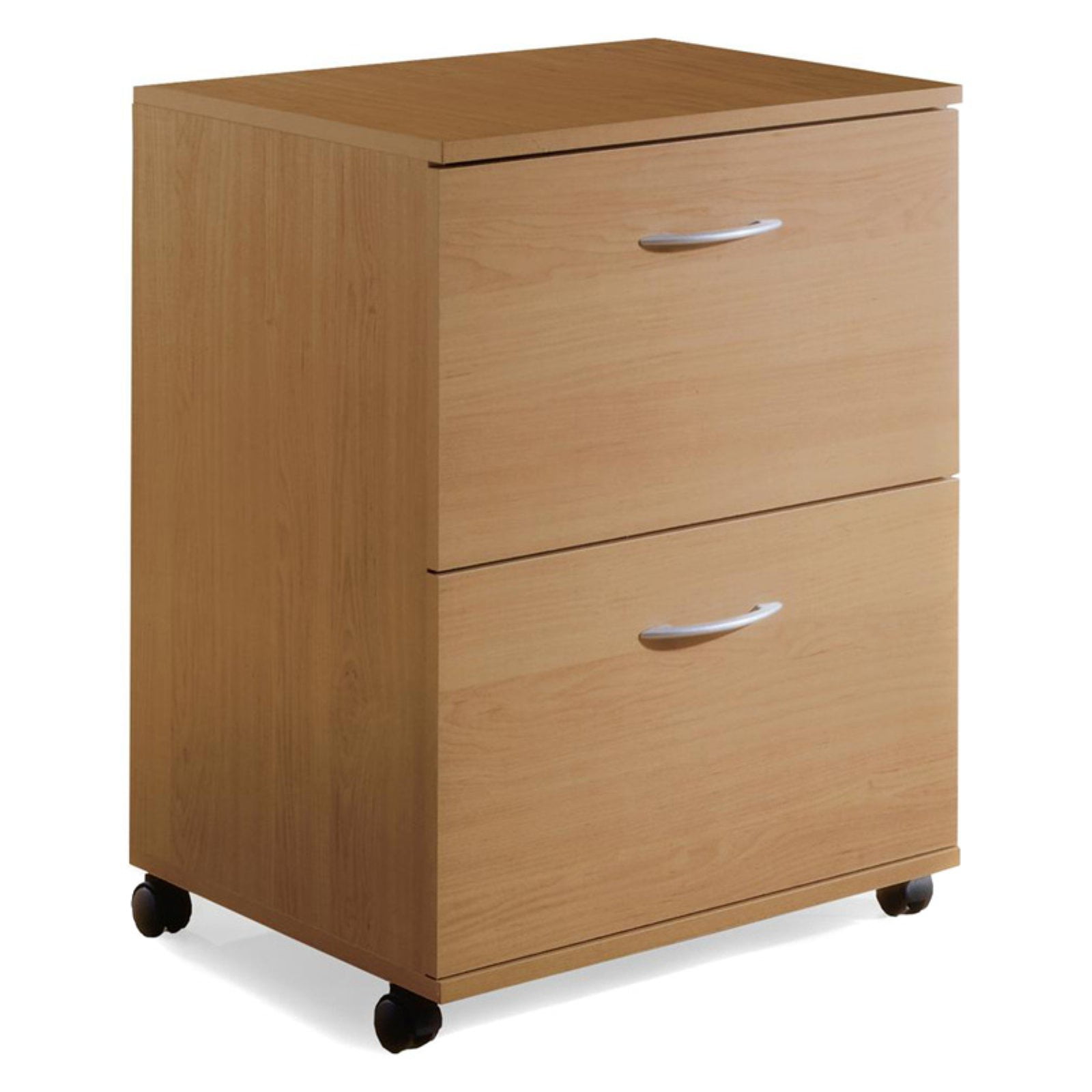Understanding Wood File Cabinet Hardware

Wood file cabinet hardware is an essential component in creating functional and aesthetically pleasing storage solutions. It encompasses various elements that enable smooth operation, secure storage, and enhance the overall appearance of the cabinet. Understanding the different types of hardware available and their advantages and disadvantages is crucial for making informed decisions when selecting the right components for your needs.
Types of Wood File Cabinet Hardware
The types of hardware commonly used in wood file cabinets include drawer slides, handles, and locks.
- Drawer Slides: Drawer slides are the mechanisms that allow drawers to move smoothly in and out of the cabinet. They come in various types, including side-mount slides, full-extension slides, and under-mount slides.
- Side-mount slides are the most common type and are attached to the sides of the drawer box. They provide basic functionality and are relatively inexpensive.
- Full-extension slides allow the drawer to extend completely out of the cabinet, providing easy access to the contents. They are generally more expensive than side-mount slides but offer greater convenience.
- Under-mount slides are installed underneath the drawer box and are typically used in cabinets with a more modern design. They offer a clean, minimalist look and provide smooth, quiet operation.
- Handles: Handles are used to open and close drawers and are available in a wide range of styles and materials. Common types include knob handles, pull handles, and bar handles.
- Knob handles are small, round handles that are typically used on smaller drawers.
- Pull handles are longer, rectangular handles that are commonly used on larger drawers.
- Bar handles are long, straight handles that are often used on drawers with a modern design.
- Locks: Locks are used to secure drawers and prevent unauthorized access to the contents. Common types include key locks, combination locks, and electronic locks.
- Key locks require a key to open the drawer and are generally the most secure type of lock.
- Combination locks use a combination of numbers to open the drawer and are a good option for applications where security is important but a key is not practical.
- Electronic locks use a digital keypad or fingerprint scanner to open the drawer and offer the highest level of security.
Advantages and Disadvantages of Wood File Cabinet Hardware
Wood file cabinet hardware offers several advantages over metal hardware, including:
- Aesthetic Appeal: Wood hardware can enhance the overall appearance of a wood file cabinet, providing a more natural and sophisticated look. It can complement the wood grain and finish of the cabinet, creating a cohesive and elegant design.
- Durability: High-quality wood hardware can be just as durable as metal hardware, especially when treated with finishes that protect against moisture and wear.
- Warmth and Comfort: Wood hardware can provide a more comfortable feel than metal hardware, especially in cold climates. The natural warmth of wood can make the cabinet more inviting to use.
However, wood hardware also has some disadvantages:
- Cost: Wood hardware can be more expensive than metal hardware, especially for high-end or custom-made pieces.
- Maintenance: Wood hardware may require more maintenance than metal hardware, such as regular cleaning and refinishing to preserve its appearance and prevent damage.
- Susceptibility to Moisture: Wood is more susceptible to moisture damage than metal. It is important to choose wood hardware that is treated with moisture-resistant finishes and to avoid exposing it to excessive humidity.
Selecting the Right Wood File Cabinet Hardware
When selecting wood file cabinet hardware, it is important to consider the following factors:
- Style: The style of the hardware should complement the overall design of the cabinet. Consider the wood grain, finish, and architectural style of the cabinet when making your selection.
- Functionality: The hardware should be functional and easy to use. Consider the size and weight of the drawers and the frequency with which they will be used.
- Budget: Set a budget for the hardware and stick to it. Consider the cost of the hardware in relation to the overall cost of the cabinet.
- Durability: Choose hardware that is made from durable materials and is designed to withstand wear and tear. Look for hardware with a warranty or guarantee.
- Safety: Consider the safety of the hardware, especially if it will be used in a high-traffic area. Choose hardware that is free of sharp edges or protruding parts.
Installing Wood File Cabinet Hardware

Installing wood file cabinet hardware is a straightforward process that can be accomplished with basic tools and a bit of patience. This section will provide step-by-step instructions for installing various types of hardware, including drawer slides, handles, and locks, along with common mistakes to avoid.
Installing Drawer Slides
Drawer slides are essential for smooth and reliable operation of file cabinet drawers. They come in various styles, including side-mount, under-mount, and full-extension. The installation process for each type varies slightly, but the general principles remain the same.
Side-Mount Drawer Slides
Side-mount drawer slides are typically used for smaller drawers and are installed on the sides of the drawer and cabinet. Here’s a step-by-step guide:
- Measure and mark the drawer and cabinet: Use a measuring tape to determine the exact position of the drawer slides on both the drawer and the cabinet. Mark the locations with a pencil or marker.
- Attach the drawer slides to the drawer: Align the drawer slides with the marked locations on the sides of the drawer and secure them with screws. Ensure the slides are level and parallel.
- Attach the drawer slides to the cabinet: Repeat the process for the cabinet, attaching the drawer slides to the marked locations on the sides of the cabinet.
- Install the drawer: Carefully slide the drawer into the cabinet, ensuring it glides smoothly.
Under-Mount Drawer Slides
Under-mount drawer slides are typically used for larger drawers and are installed beneath the drawer.
- Measure and mark the drawer: Use a measuring tape to determine the exact position of the drawer slides on the underside of the drawer. Mark the locations with a pencil or marker.
- Attach the drawer slides to the drawer: Align the drawer slides with the marked locations on the underside of the drawer and secure them with screws. Ensure the slides are level and parallel.
- Attach the drawer slides to the cabinet: Repeat the process for the cabinet, attaching the drawer slides to the marked locations on the inside of the cabinet.
- Install the drawer: Carefully slide the drawer into the cabinet, ensuring it glides smoothly.
Full-Extension Drawer Slides
Full-extension drawer slides allow the drawer to fully extend out of the cabinet, providing easy access to all contents.
- Measure and mark the drawer and cabinet: Use a measuring tape to determine the exact position of the drawer slides on both the drawer and the cabinet. Mark the locations with a pencil or marker.
- Attach the drawer slides to the drawer: Align the drawer slides with the marked locations on the sides of the drawer and secure them with screws. Ensure the slides are level and parallel.
- Attach the drawer slides to the cabinet: Repeat the process for the cabinet, attaching the drawer slides to the marked locations on the sides of the cabinet.
- Install the drawer: Carefully slide the drawer into the cabinet, ensuring it glides smoothly.
Installing Handles
Handles are an essential part of any file cabinet, providing a comfortable and secure grip for opening and closing drawers. They come in various styles and materials, from simple metal pulls to ornate decorative handles.
- Measure and mark the drawer: Use a measuring tape to determine the exact position of the handle on the drawer front. Mark the locations with a pencil or marker.
- Drill pilot holes: Use a drill bit slightly smaller than the screws that come with the handles to drill pilot holes at the marked locations. This will prevent the wood from splitting when the screws are driven in.
- Attach the handle: Align the handle with the marked locations on the drawer front and secure it with the screws. Ensure the handle is level and straight.
Installing Locks
Locks provide security for your file cabinet, preventing unauthorized access to important documents. They come in various types, including key locks, combination locks, and electronic locks.
- Measure and mark the drawer: Use a measuring tape to determine the exact position of the lock on the drawer front. Mark the locations with a pencil or marker.
- Drill pilot holes: Use a drill bit slightly smaller than the screws that come with the lock to drill pilot holes at the marked locations. This will prevent the wood from splitting when the screws are driven in.
- Attach the lock: Align the lock with the marked locations on the drawer front and secure it with the screws. Ensure the lock is level and straight.
- Install the lock cylinder: Insert the lock cylinder into the lock housing and secure it with the appropriate screws.
- Test the lock: Test the lock to ensure it functions properly and that the key or combination works correctly.
Common Mistakes to Avoid
- Not using the correct screws: Using screws that are too long or too short can damage the drawer or cabinet. Always use the screws that come with the hardware or screws specifically designed for wood.
- Not drilling pilot holes: Failing to drill pilot holes can cause the wood to split when the screws are driven in.
- Not aligning the hardware properly: Misaligned hardware can lead to uneven drawer operation or difficulty in opening and closing drawers.
- Over-tightening screws: Over-tightening screws can strip the screw threads or damage the wood.
- Not testing the hardware: It’s essential to test the hardware after installation to ensure it functions correctly and that the drawers slide smoothly.
Maintaining Wood File Cabinet Hardware

Proper maintenance is crucial for extending the lifespan of your wood file cabinet hardware. By following these best practices, you can ensure your hardware remains functional and aesthetically pleasing for years to come.
Cleaning Wood File Cabinet Hardware
Regular cleaning is essential for preventing dirt, dust, and grime from accumulating on your wood file cabinet hardware. This accumulation can lead to sticking drawers, malfunctioning locks, and even damage to the wood itself.
- Use a soft cloth: A soft, microfiber cloth is ideal for wiping down the hardware, as it won’t scratch the surface.
- Use mild soap: A mild dish soap mixed with warm water is sufficient for cleaning most wood file cabinet hardware. Avoid using harsh chemicals or abrasive cleaners, as these can damage the finish.
- Dry thoroughly: After cleaning, dry the hardware completely with a clean, dry cloth. Moisture can lead to rust or other damage over time.
Troubleshooting Common Problems
While proper maintenance can prevent many issues, sometimes problems arise. Here are some common problems and their solutions:
- Sticking drawers: If a drawer is sticking, the problem could be caused by dirt, dust, or debris in the drawer tracks. Clean the tracks with a soft cloth and a mild soap solution. If the problem persists, you may need to lubricate the tracks with a light oil, such as WD-40.
- Malfunctioning locks: If a lock is malfunctioning, it may be due to dirt or debris in the lock mechanism. Use a small, soft-bristled brush to clean the lock mechanism. If the problem persists, you may need to replace the lock.
Recommended Cleaning Products and Tools, Wood file cabinet hardware
Here are some recommended cleaning products and tools for maintaining wood file cabinet hardware:
- Microfiber cloths: Microfiber cloths are soft and absorbent, making them ideal for cleaning delicate surfaces.
- Mild dish soap: A mild dish soap is safe for cleaning most wood surfaces.
- Warm water: Warm water helps to loosen dirt and grime.
- Soft-bristled brush: A soft-bristled brush can be used to clean crevices and hard-to-reach areas.
- WD-40: WD-40 can be used to lubricate drawer tracks.
Wood file cabinet hardware can be a real pain to install, especially if you’re not a DIY whiz. But hey, at least you’re not trying to squeeze a king-size bed into a tiny bedroom! If you’re looking for space-saving solutions, you might want to check out cabin beds for small bedrooms.
Back to the hardware, a good tip is to use a drill with a magnetic bit – it’ll keep those screws from going astray!
Wood file cabinet hardware, from sleek modern pulls to classic brass knobs, can instantly elevate the look of your office. But don’t forget about the importance of matching your hardware to your overall aesthetic. If you’re going for a bright and airy feel, consider pairing your file cabinet with white wood stain kitchen cabinets for a cohesive and stylish look.
After all, even your filing system deserves a touch of design flair!
